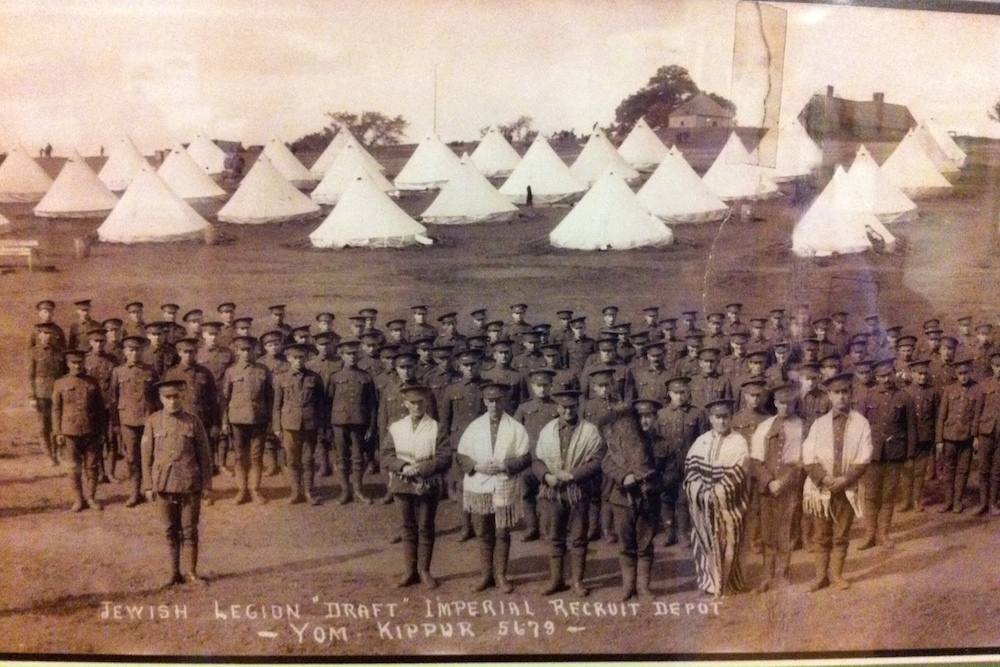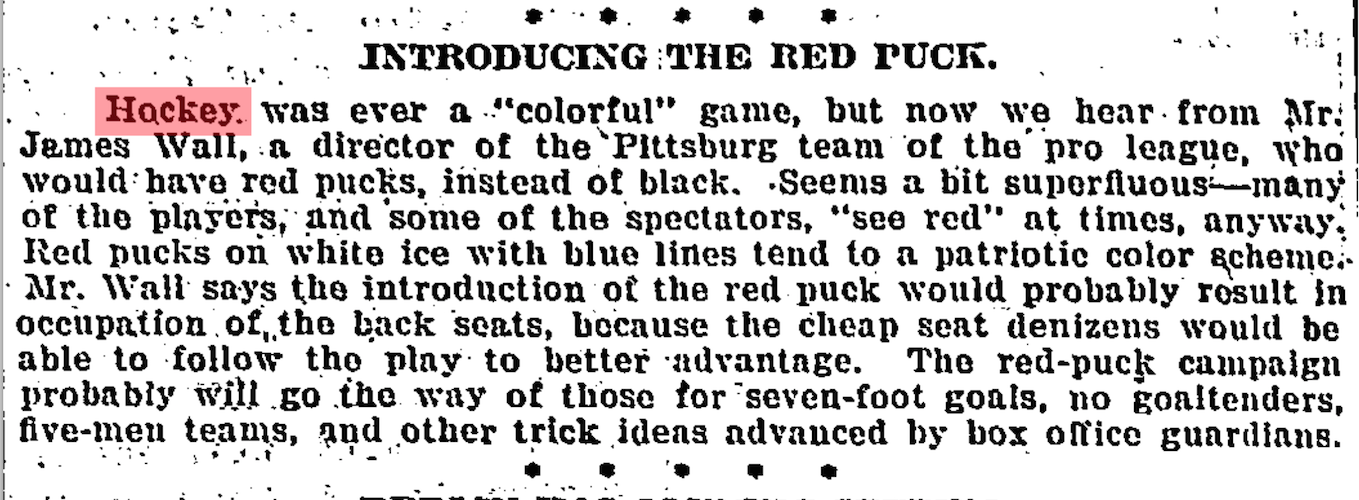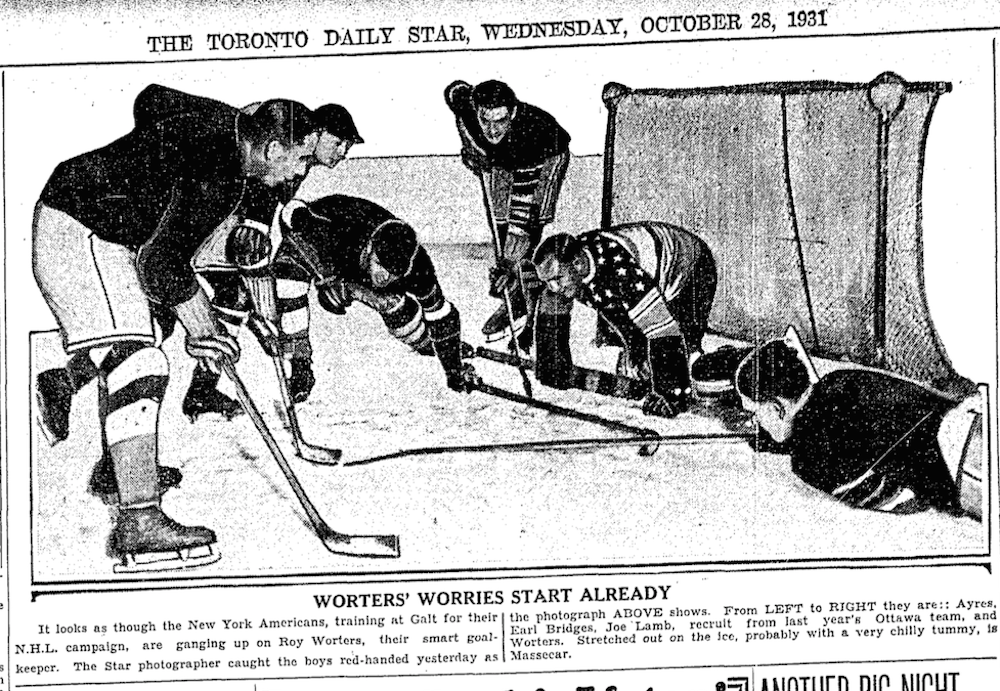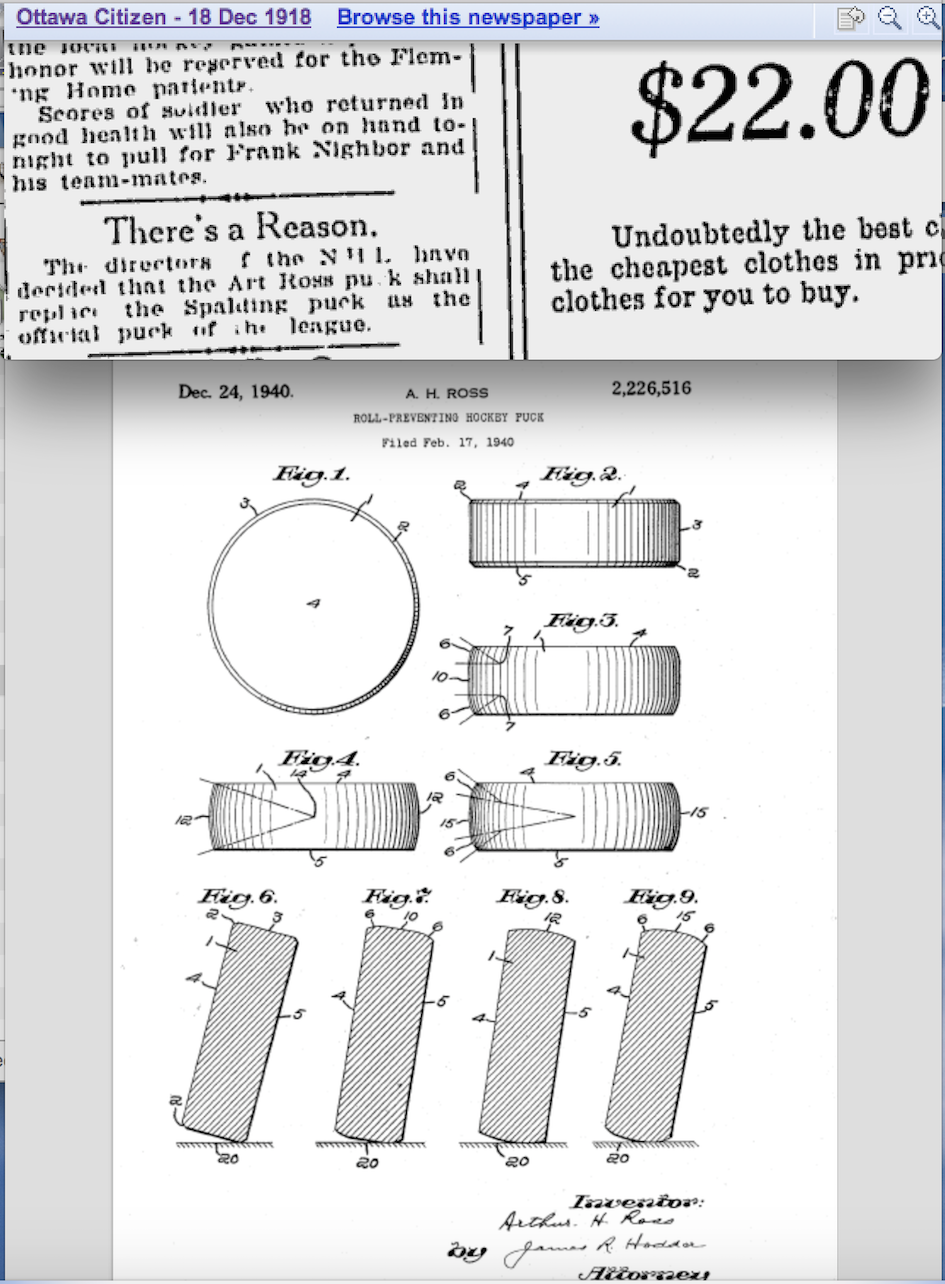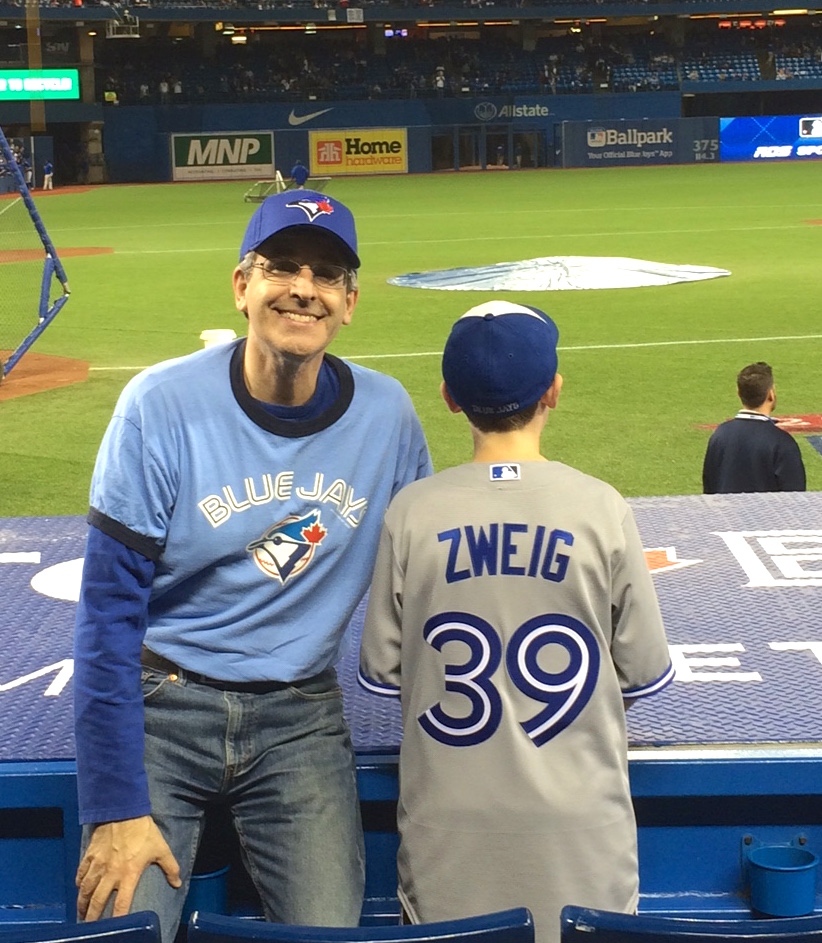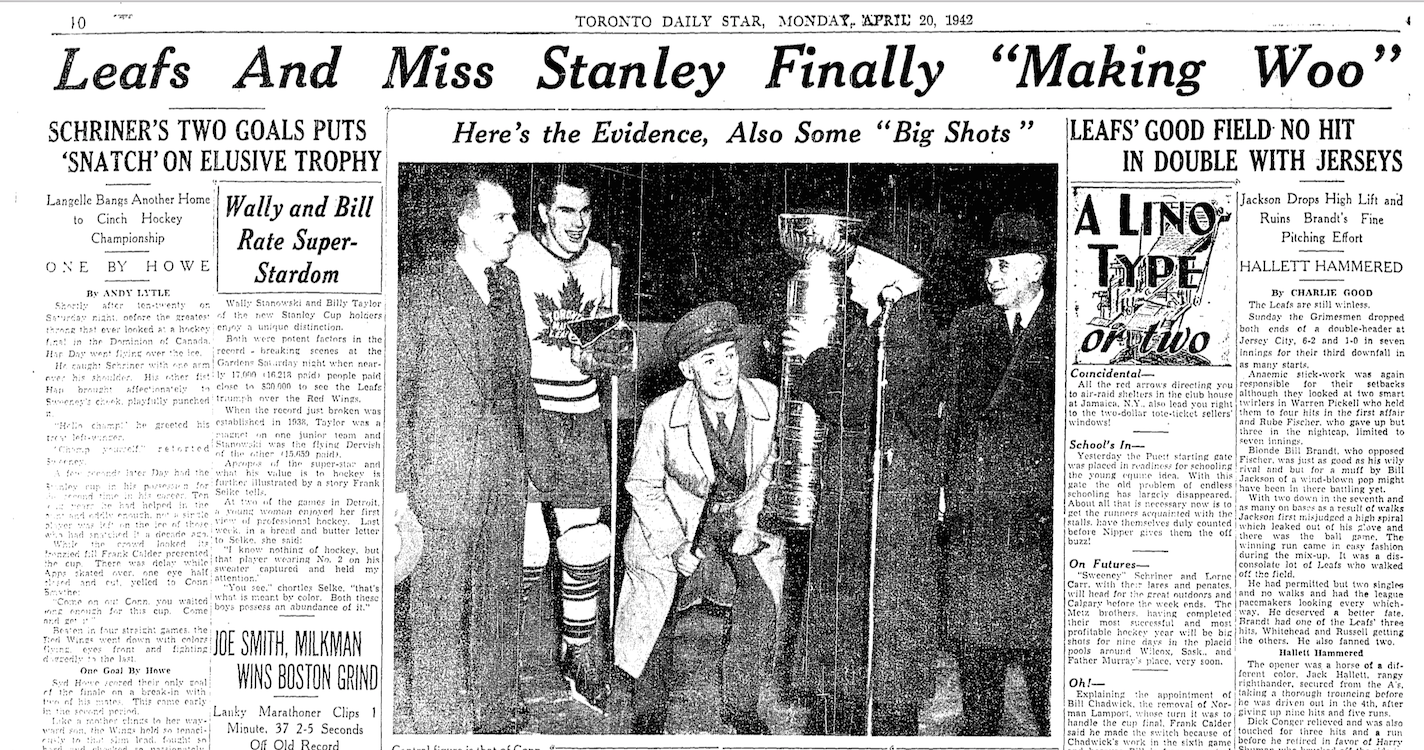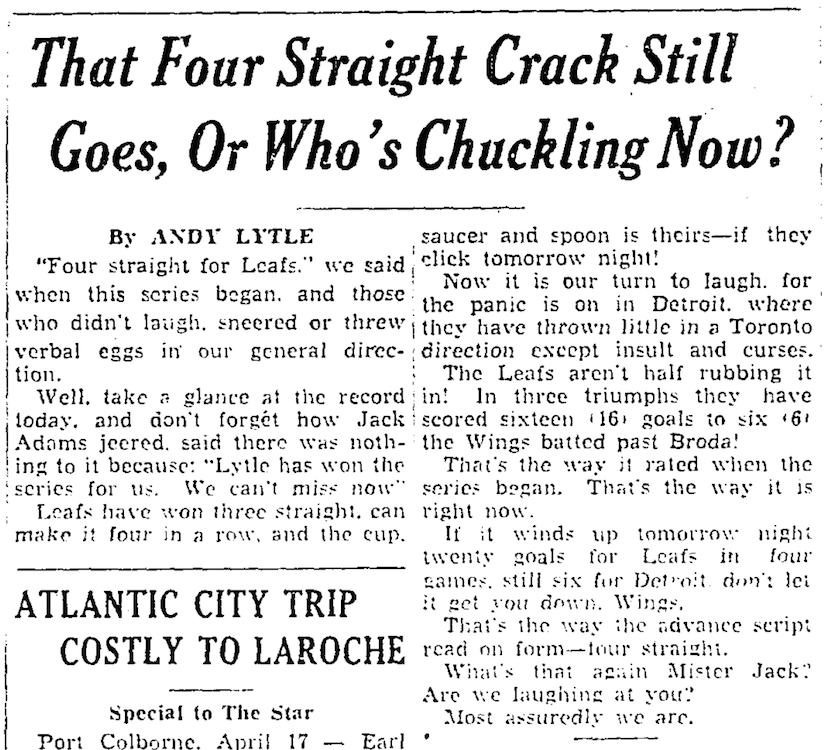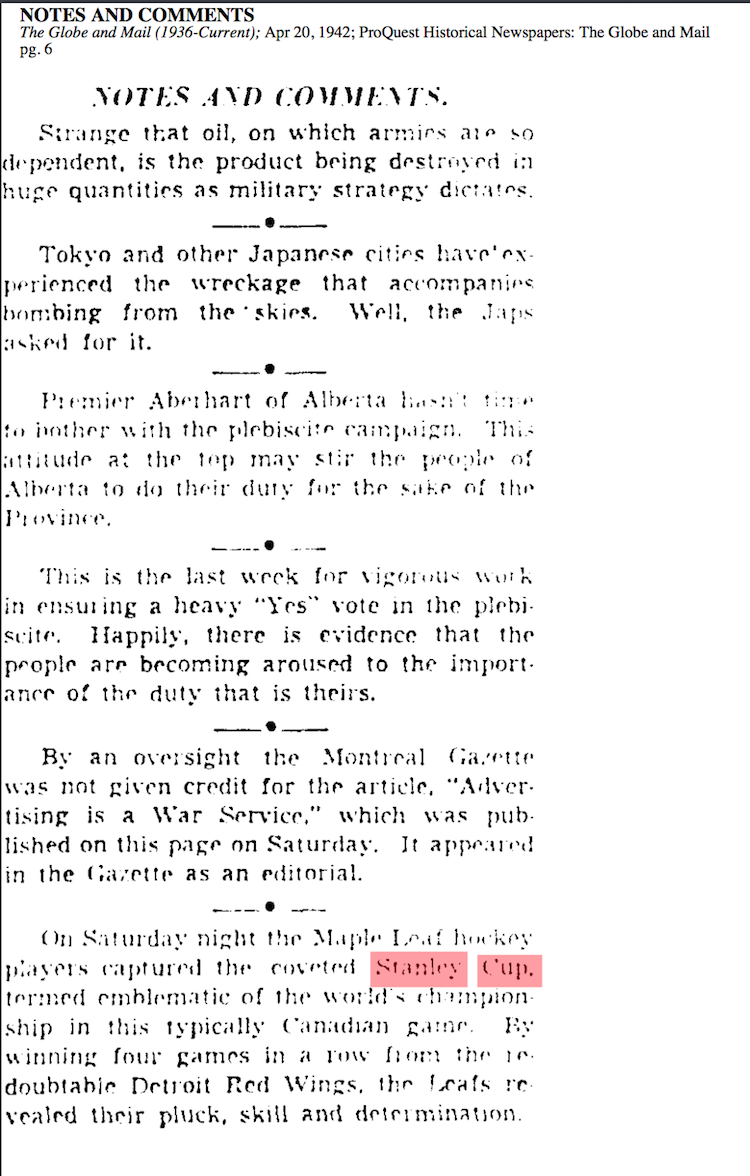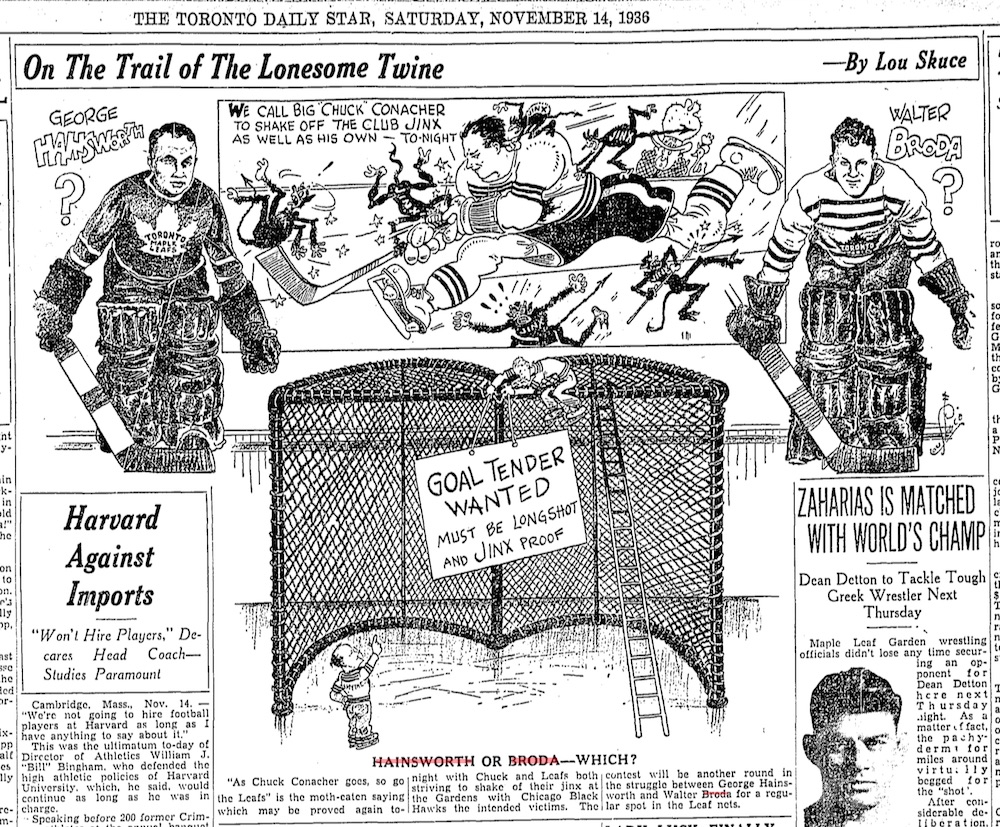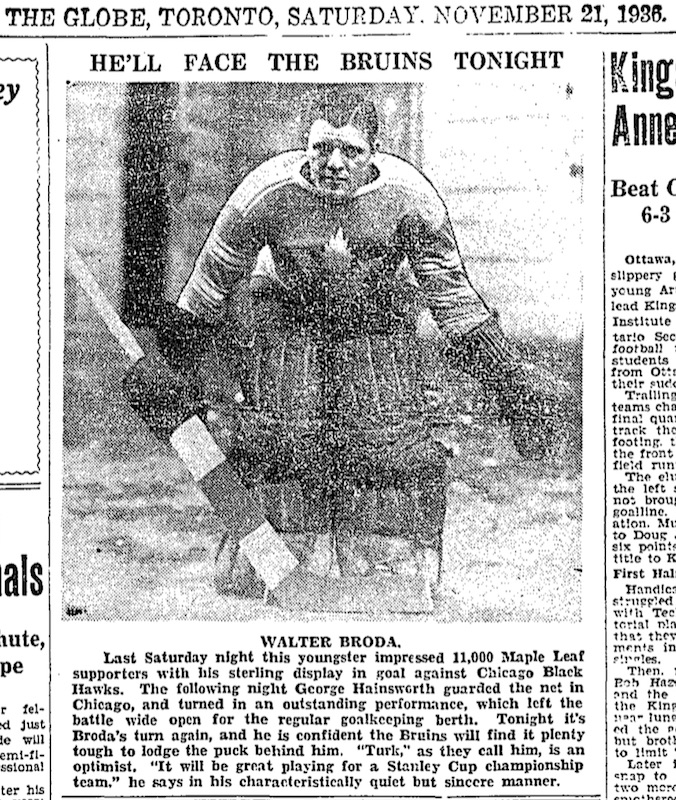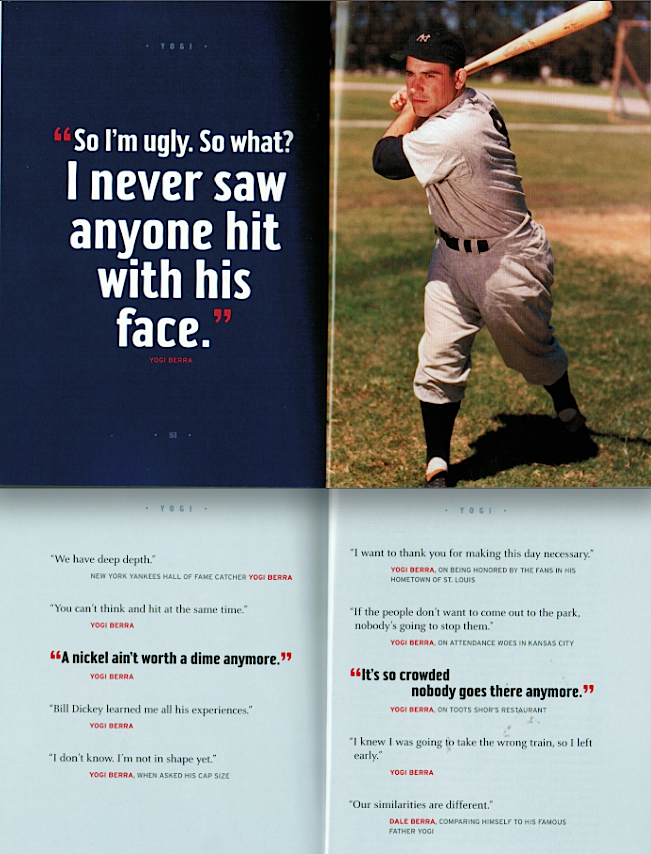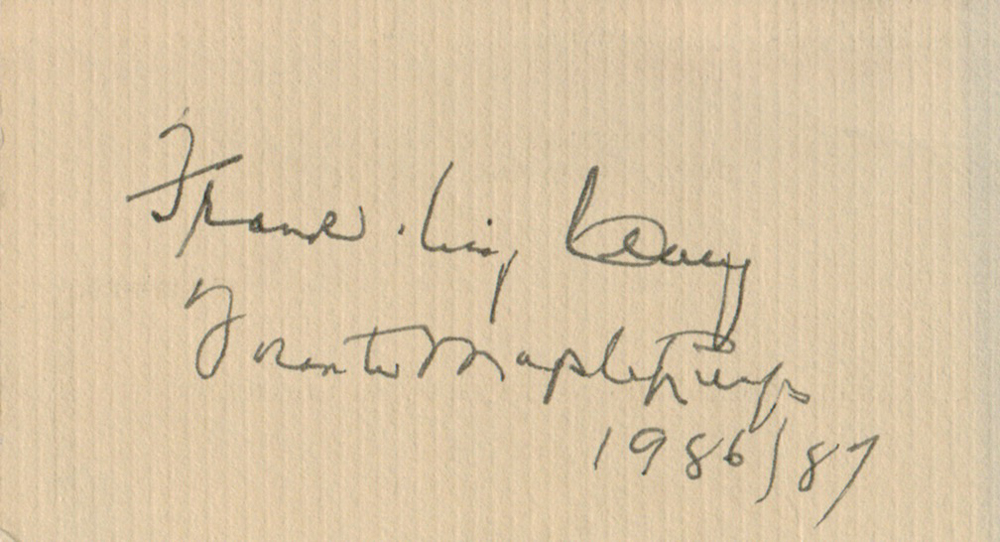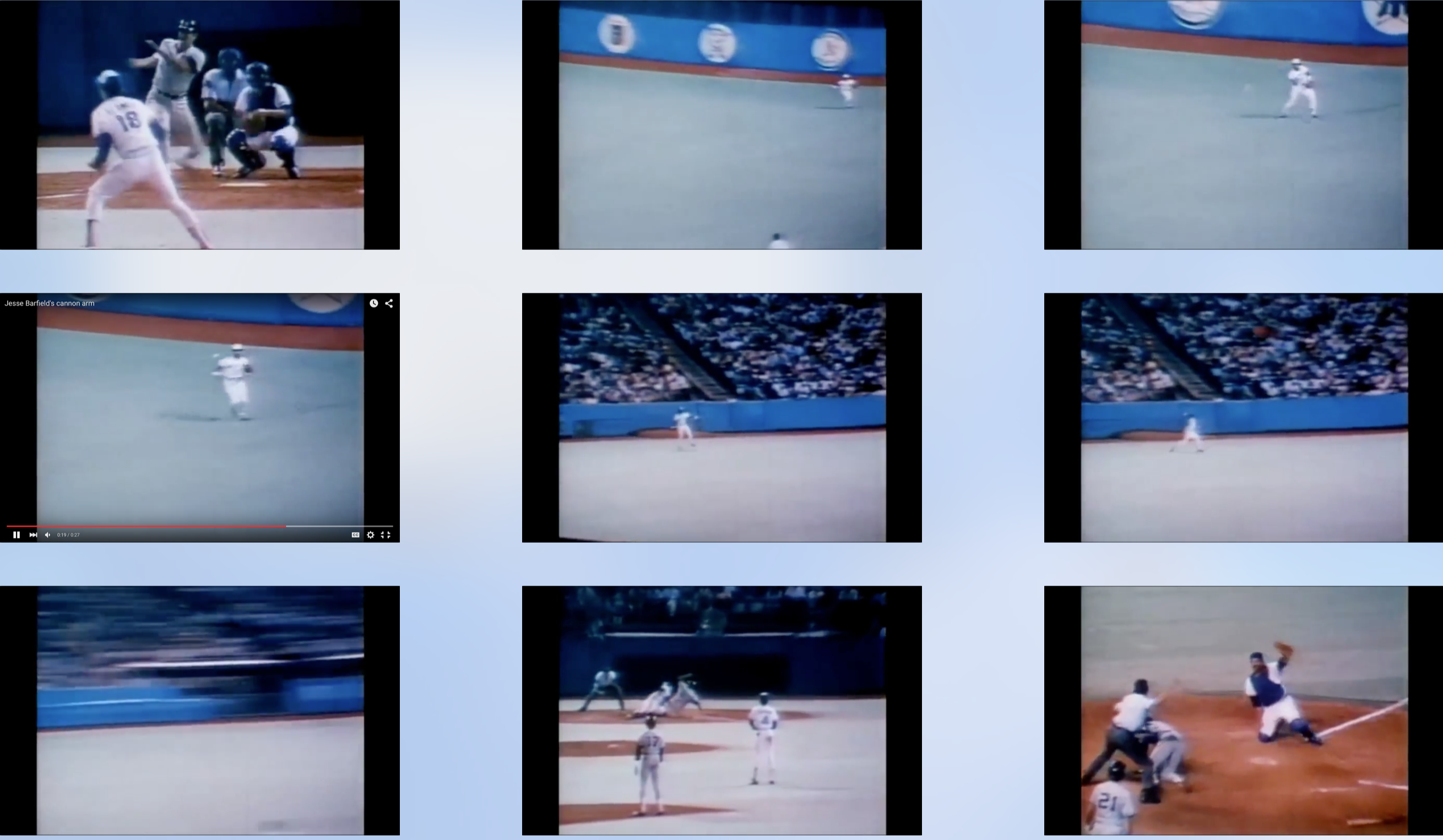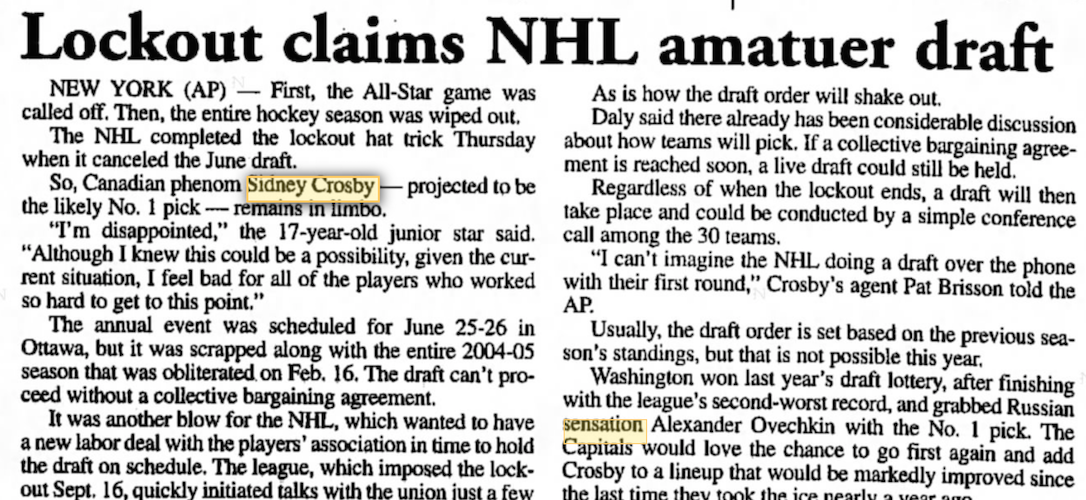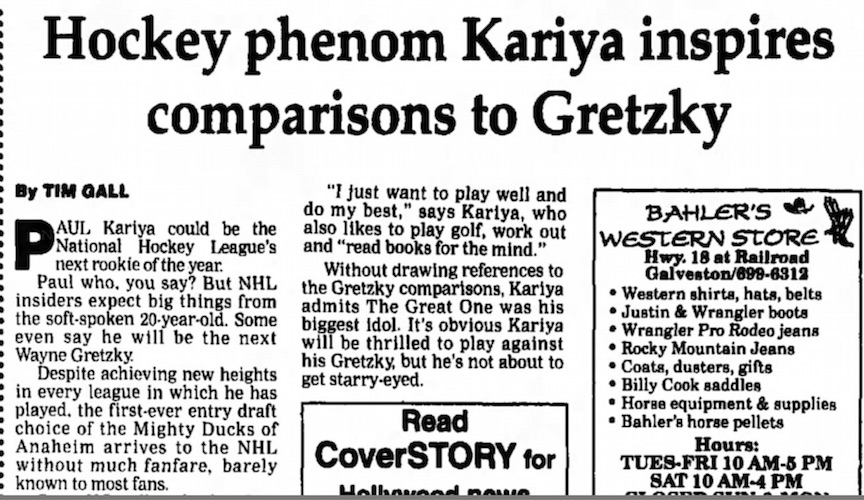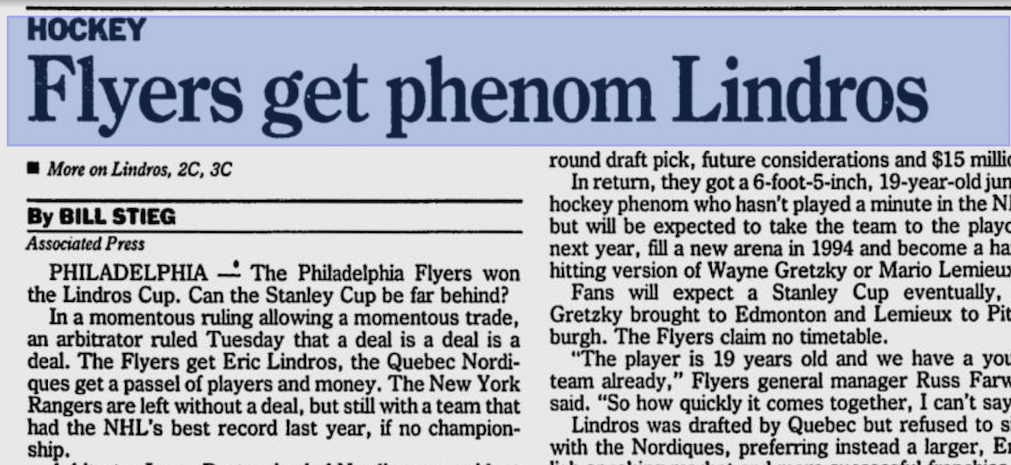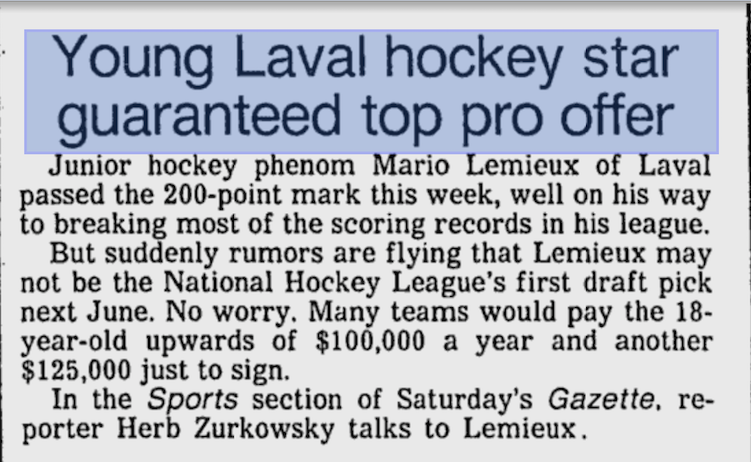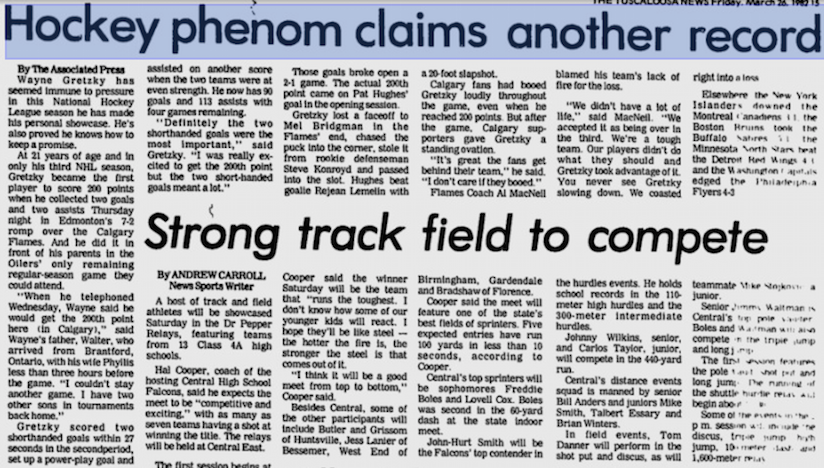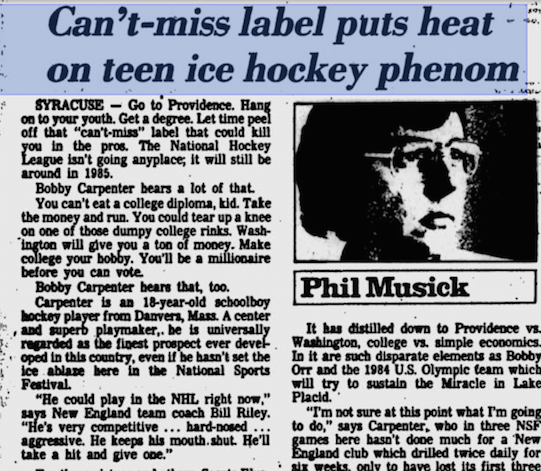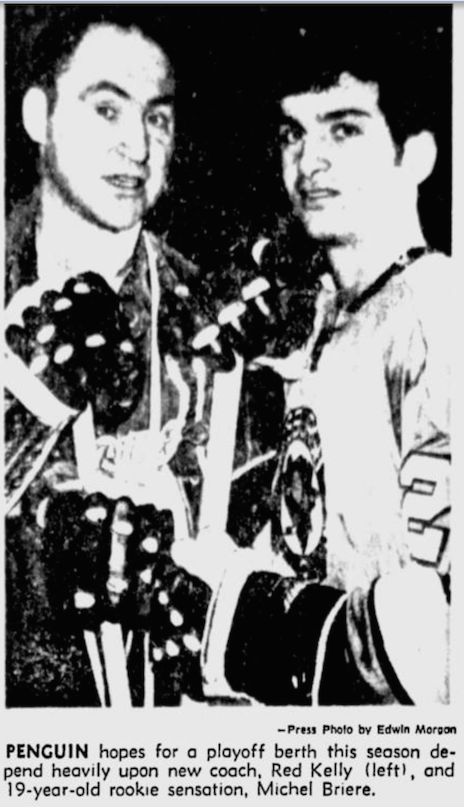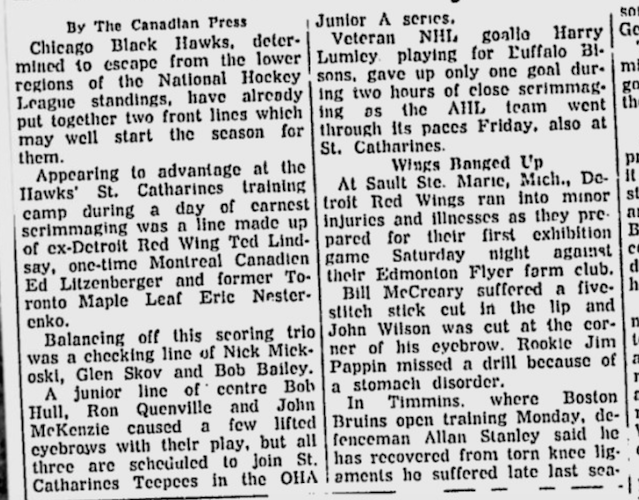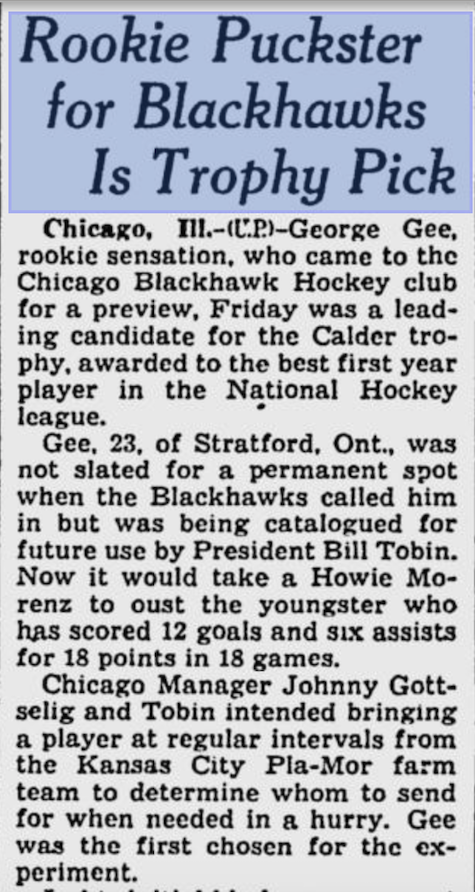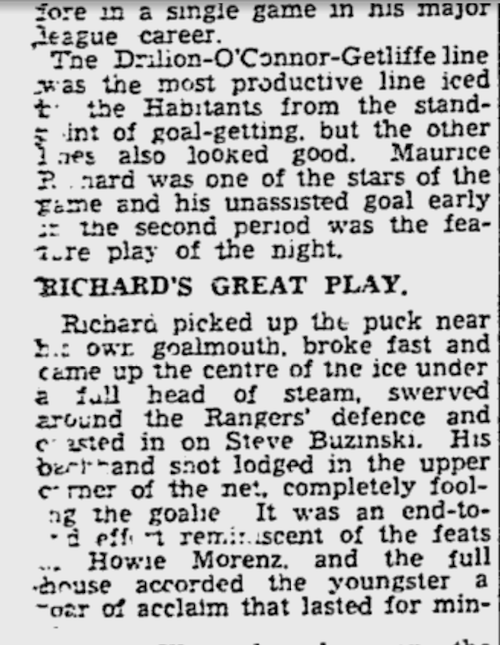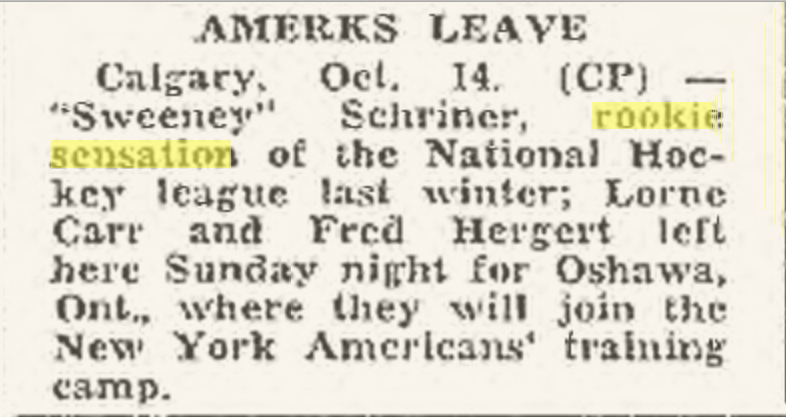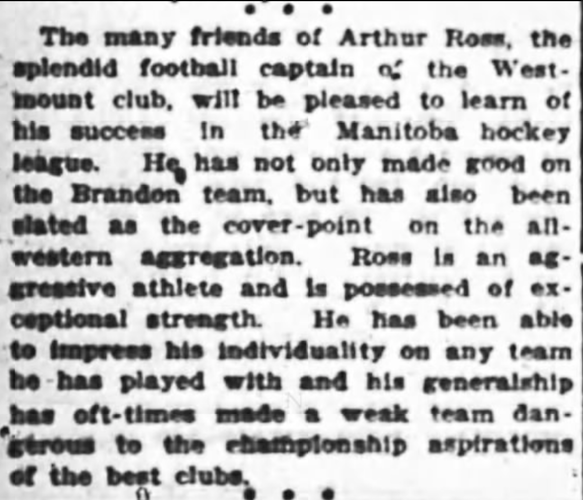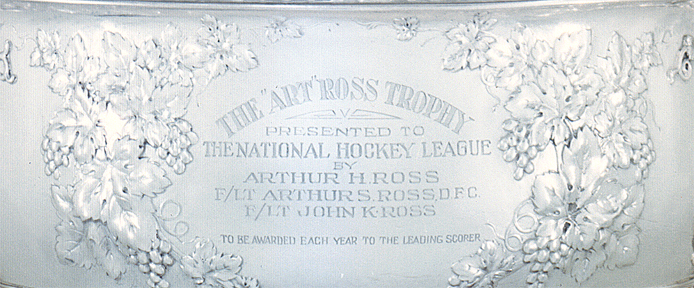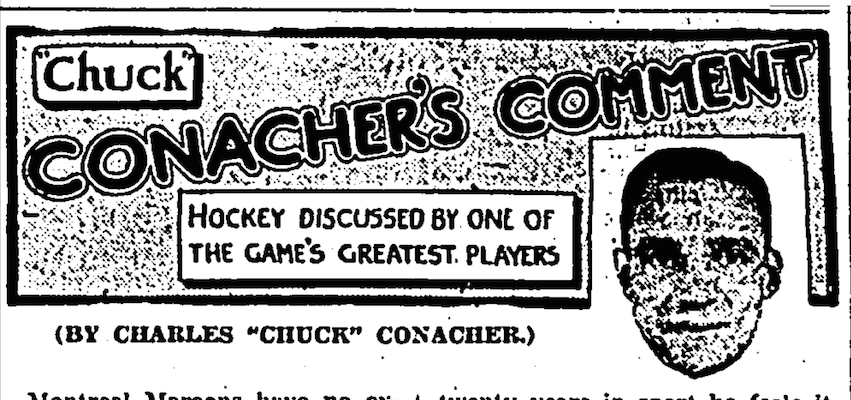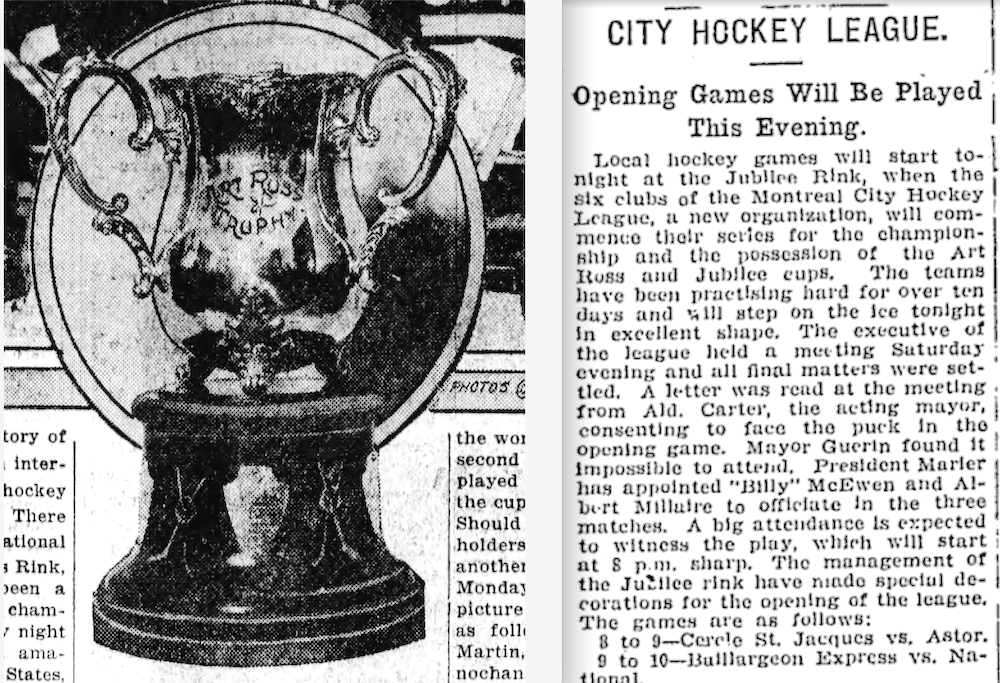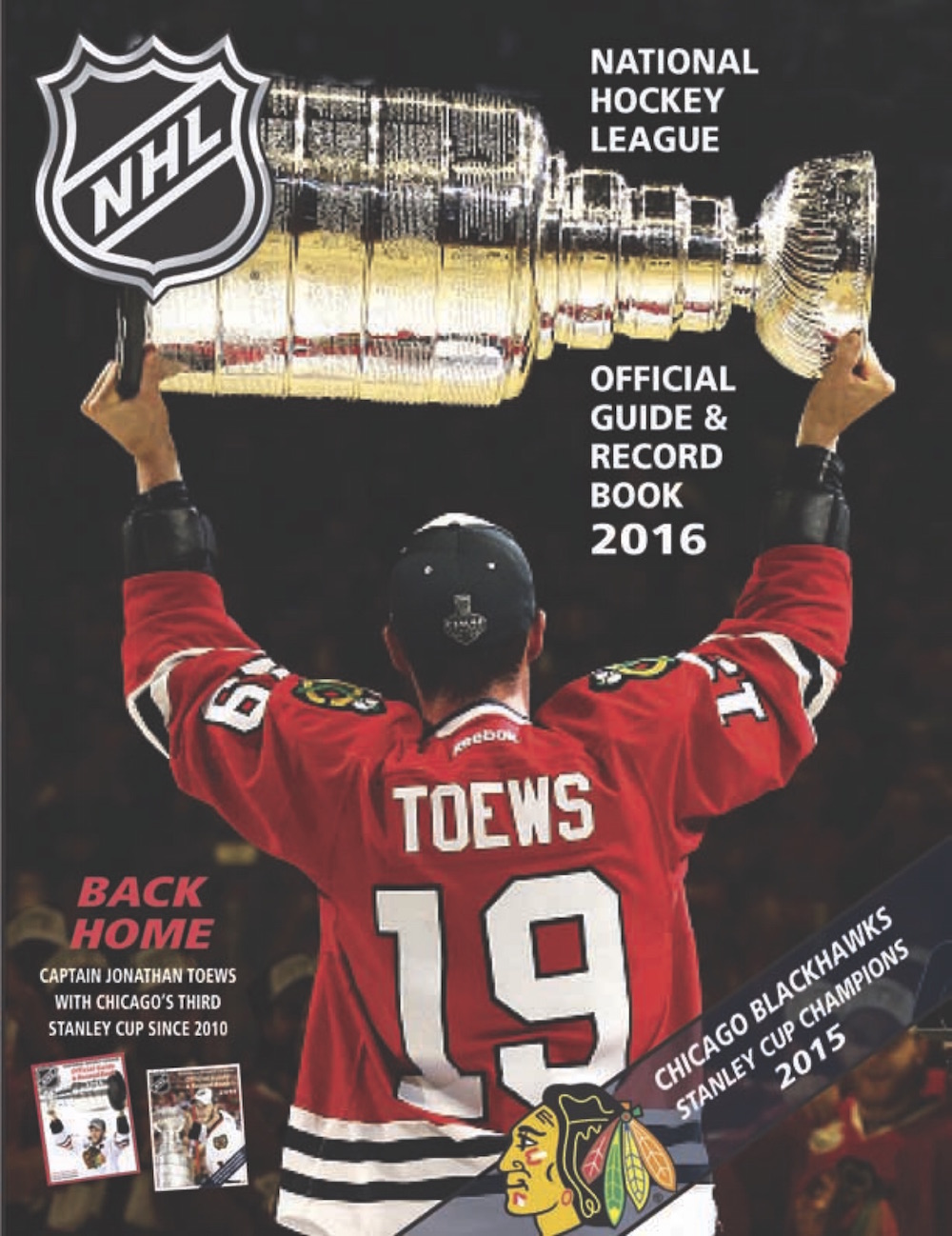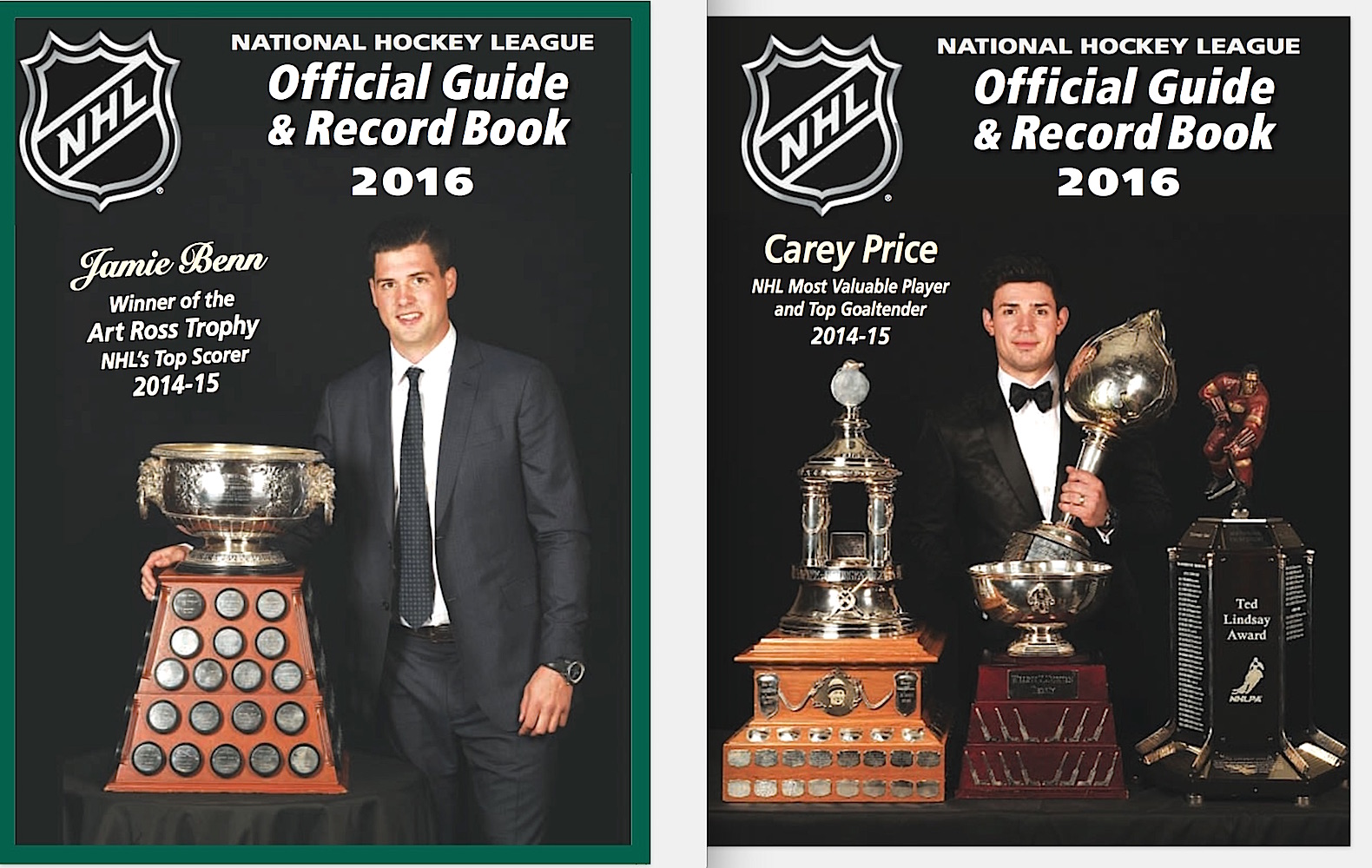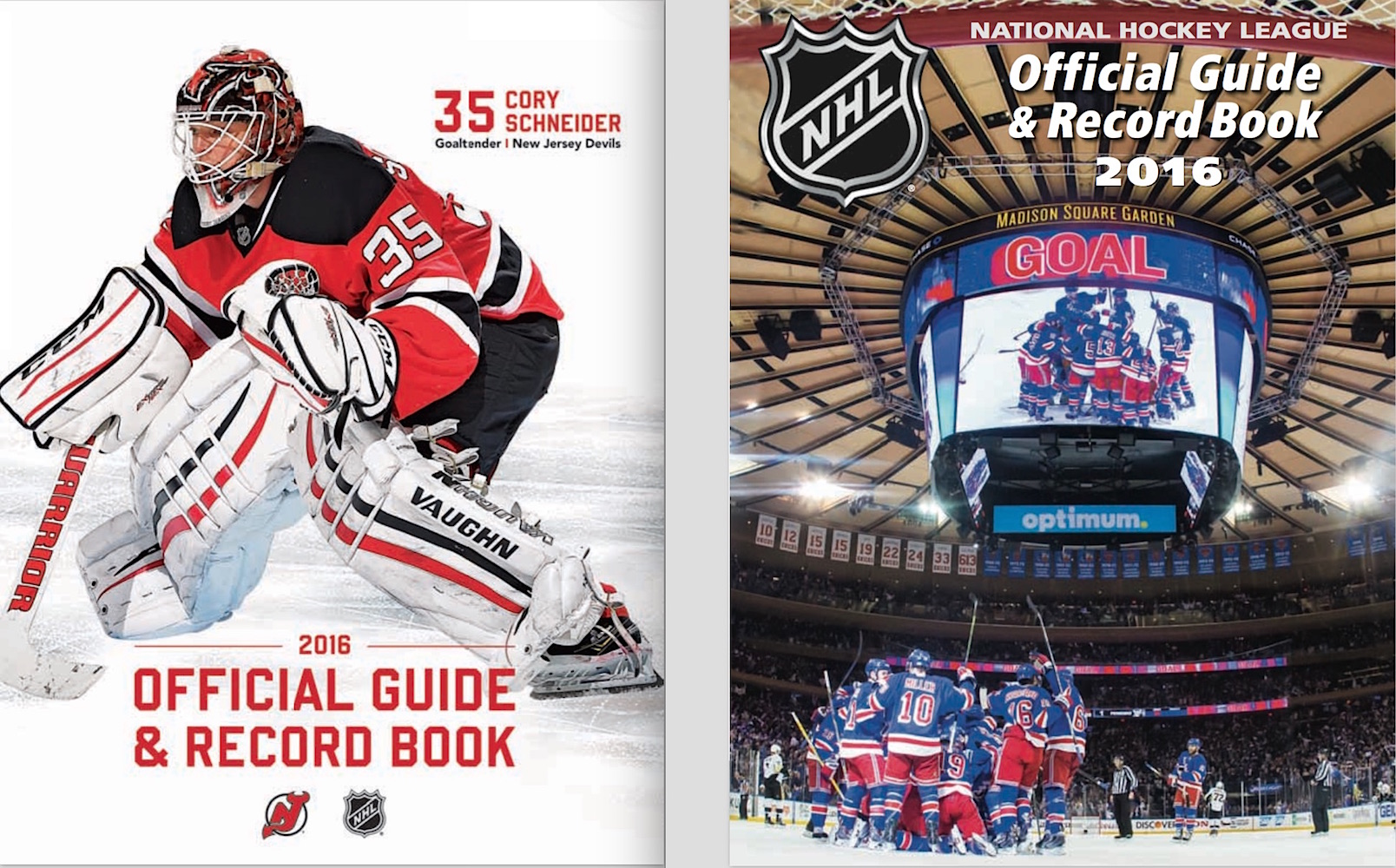As many of you know, my newest book will be out this fall. It’s a biography of hockey legend Art Ross. Early last month, I wrote the following email:

From: Eric Zweig
Subject: Biography of Art Ross
Date: June 8, 2015 at 12:06 PM EDT
To: Bryan Trottier
Dear Mr. Trottier,
My name is Eric Zweig. For nearly 20 years, I have worked with the small publishing company that creates the NHL Official Guide & Record Book. I am also the author of more than 20 books about hockey and hockey history for both children and adults. You and I met several years ago in Kenora during the 100th anniversary celebration of the Kenora Thistles’ 1907 Stanley Cup championship. I spoke at the dinner about Art Ross’s contributions to the team.
This fall, I have a book coming out with Dundurn Press in Toronto that will be the first full-scale biography of Art Ross. In order to generate publicity for the book, several Canadian hockey writers have agreed to read advanced copies and (hopefully!) offer positive comments. Scotty Bowman and Harry Sinden have also agreed to do this. I am hopeful that you, as a past winner of the Art Ross Trophy, might be willing to provide a brief, written, comment about the experience of winning the Art Ross Trophy.
Thank you, and I look forward to hearing from you.
To be honest, I wasn’t sure he would even receive the message. I certainly didn’t expect he’d remember me, and could easily imagine an email from an unknown address going directly to spam, or being deleted without a second thought. But to my delight, barely an hour later, I received the following response. I thought it was pretty amazing, and with Bryan Trottier’s permission, I share it with you now:
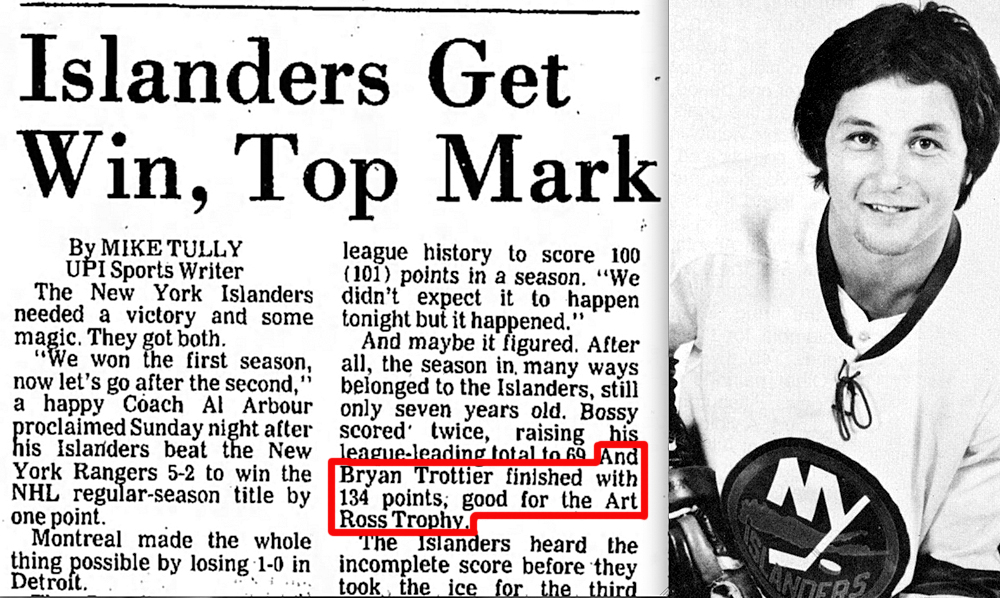
From: Bryan Trottier
Subject: Re: Biography of Art Ross
Date: June 8, 2015 at 1:14 PM EDT
To: Eric Zweig
Hi Eric
Winning the Art Ross Trophy was an interesting quest and achievement. The 1978-79 season was a strong year for our team [the New York Islanders]. Our line was having a terrific offensive year and Mike Bossy was on a tear scoring goals. We rode the wave and were too young and dumb to recognize any pressures. We were just doing something we loved to do.
I do remember feeling a bit selfish, which was uncomfortable, but as the season was winding down, I started to recognize how my teammates and Al [Arbour, our coach] were rooting for me. Everyone was making it almost a team mission. This I loved most! “Lets help Trotts win it.” I needed the support and talents of teammates… Clark Gillies, Mike Bossy, Denis Potvin were huge talents, [John] Tonelli, [Bob] Bourne, etc. I needed quality ice time from the head coach. [Al’s] combination of line mates and power-play groups — double shifting was helpful. I also needed the selflessness of some of the other center men sharing their ice time.
I believe Guy Lafleur and I were tied going into the last game of the season. I was in New York versus the Rangers and he was in Detroit facing the Red Wings, who were having another trying season. I thought, “Uh oh…” And Marcel Dionne had just had a five-point night to catch us as well, I think. I ended up scoring a goal and assist while Jim Rutherford shut out the Canadiens. I remember watching the out-of-town scoreboard and being amazed at what Detroit was doing. I came to the bench a couple times and Al asked if I could go again. “Wow, he’s really giving me every chance possible,” I thought, and Mike Kaszycki and Wayne Merrick were telling me to take their next shift. Wow, forever grateful to two great, selfless teammates. Dave Lewis, Ed Westfall, Bob Nystrom were all urging and prodding. “You may never get another whack at this kid,” so “go for it!” was their message.
I don’t believe I ever made a public declaration that I wanted to win the Ross, and I think Al Arbour and [GM] Bill Torrey liked that I was a bit reserved and guarded as to my comments or answers to the press when asked about the race. But it was there and I did give it my very best as I didn’t want to waste the opportunity afforded me by fate, teammates and coach/management. I do remember the Long Island fans loving it as the fan mail was full of well wishers, and I remember Mike Bossy being as proud as a brother when the season ended. “Feels good, huh?” he said. To which I said, “Thanks, Boss!” Enough said. We both knew what the other was thinking. “Couldn’t have done it with out ya!”
A few years ago, I was at an alumni event and a random hockey fan came up to me and told me that I was one of three players in the history of the game to win the Art Ross, the Hart, the Calder, the Conn Smythe, plus the Stanley Cup at least twice. I wouldn’t be in this group if not for Jim Rutherford and a 1979 Islanders team that pushed, supported, encouraged and motivated me.
I wish I knew more about Mr. Ross as a player, coach, manager, innovator, etc. Your research and creative writing will be of great interest. It will be an honor to read the book.
Bryan Trottier

